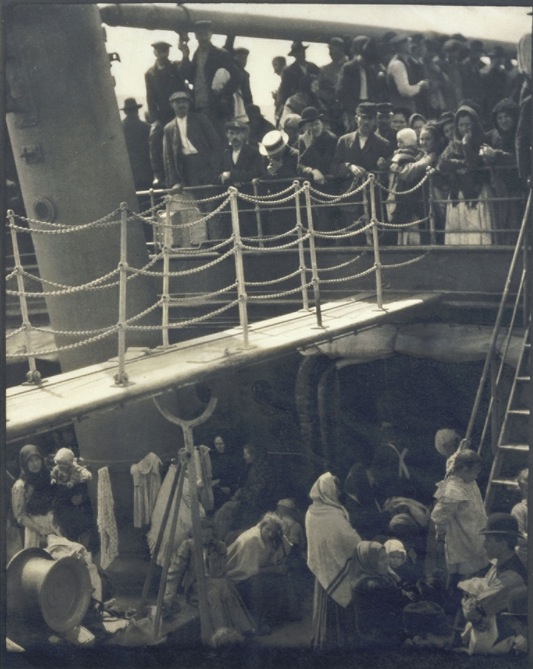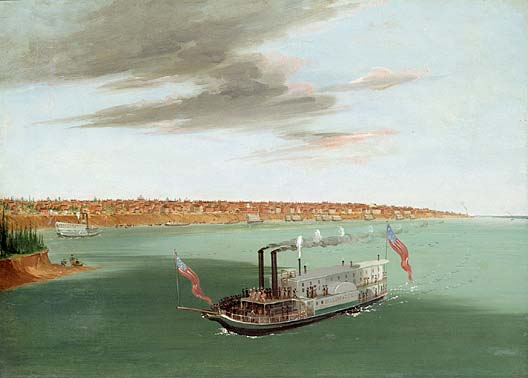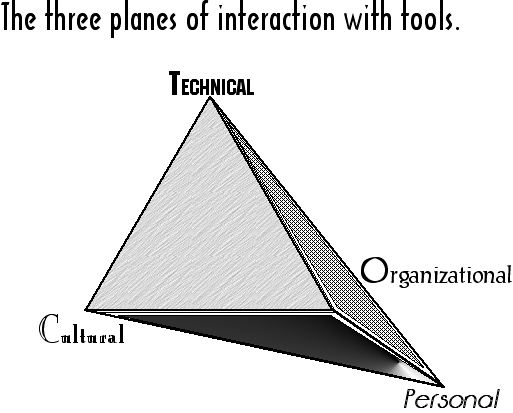 Film & photography
Film & photography
An accidental emergence of an adaptive technology from a tectonic (tool) or technical apparatus.
 Select an extended passage from Pursell pages 76-84 and describe what he says in the following steps to discuss with your class:
Select an extended passage from Pursell pages 76-84 and describe what he says in the following steps to discuss with your class:
A. What is the example he refers to?
B. Restate what he says in your own words.
C. Meaning: What does the passage have to do with technical development?
"What we call Man's power over Nature turns out to be a power exercised by some men over other men with Nature as its instrument."
C. S. Lewis, quoted in Pursell, p.76 .
A.) The short sentence is taken out of a larger context about what sort of tectonic power can be brought to bear by using a simple device, in our case we will refer to the camera, but Pursell in relying on Lewis is suggesting a much wider application of the concept of power.
B.) Power here is the capacity to demonstrate (exercise) influence or coax an intended response from someone other than yourself.
From the discussion that Pursell creates concerning machinery that replaced hand tools in the 19th century Anglo-french, German, and American worlds, we gather how he extends the concept from a narrow understanding of say a force (v/t) in physics to a form of socio-technic control made possible by a series of instruments.
"The concept and use of 'manpower' was not only cruel and degrading; it was also inefficient."
But realize that these instruments, however, had to be adapted to new ends.
C.) the tectonic facet, aspect or dimension of tool development and use implies and ability to do something more effectively than without the aid of an implement, device, apparatus, or technique of utilizing an instrument.
- Instrumentalist, instrumentalism.
- Mechanistic perspective.
- A photographic mind.
- Video heads.
All the above phrases also show the imaginative power of the camera as a tectonic means to refine our perception of the world, one another, and our images.

Alfred Stieglitz, Steerage, photographic plate, 1890.
The depiction of immigrants captured on a photograph from over 100 years ago marked a significant shift in the uses of film to at first depict and then engender art from the capture of people and events.
Alfred Stieglitz (1864–1946) and American Photography

St Louis, George Catlin, 1830s oil on canvas.
Painting in the 19th century was the primary means of depicting a setting for spectators to see.
August 19, 1839, Paris France, Louis-Jacques-Mandé Daguerre, describe the capacity to capture and image on a copper plate to the French Academy of the Sciences.
- 1849, The California Gold Rush
- 1859, very fast photographs, brief shutter-speed.
- 1861, The United States experiences the Civil War, extensive photography.
- 1862, the Battle of Antietam Creek, Maryland, shocked the nation.
- 1873, Leland Stanford, governor of California hire Eadweard Muybridge to settle a bet about horses.
- 1877, Muybridge showed his high speed photographs.
- 1878-79, the zoopraxiscope used to "move" the still, sequential photographs .
- 1882, photographs of the Adirondack Mountains used to convince the State Assembly to protect the area as a permanent state reserve in New York.
- 1894, the "kinetoscope parlor" opened in NYC .
- more dates see here.

